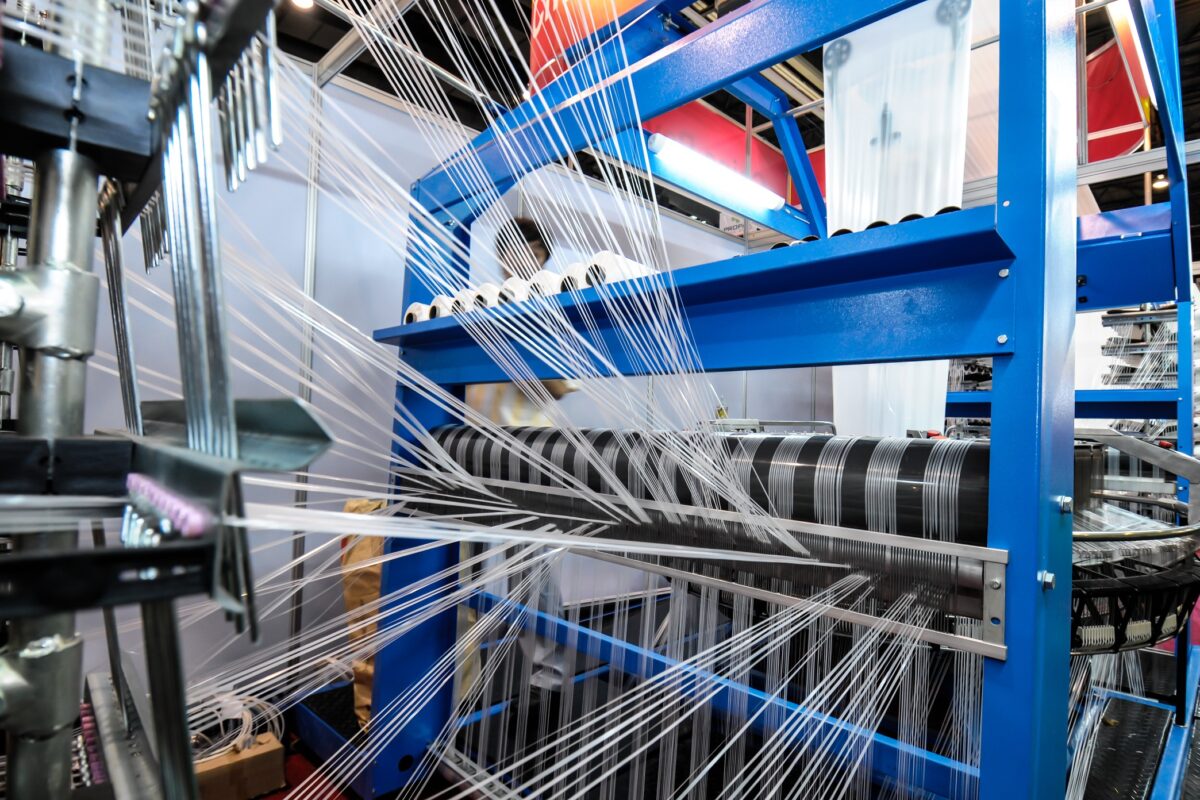Textile products from Vietnam enjoy a preferential tariff in Japan due to the Vietnam-Japan economic partnership agreement and similar items from China are subject to 15 to 20 per cent tariffs. But preferential tariffs may no longer be a competitive advantage for Vietnamese goods in Japanese and South Korean markets after the Regional Comprehensive Economic Partnership (RCEP) agreement is signed.
The 10-member states of the Association of Southeast Asian Nations (ASEAN) are in negotiations with six other countries – China, Japan, South Korea, India, Australia and New Zealand – over RCEP, which may be finalized by the end of next year. Once RCEP comes into force, domestic companies might grapple with difficulties. When Japan and China ink an agreement on export-import duties within the RCEP framework, Vietnamese goods would certainly lose the competitive advantage of tariffs in Japan. Other underdeveloped countries like Laos, Cambodia and Myanmar will face the same issue.
RCEP, on the other hand, will bring some advantages to Vietnam. Goods from ASEAN countries must have a regional content ratio of at least 40 per cent to get preferential tariffs when they are exported to Japan, South Korea and India. Inputs for Vietnamese-made products are mainly from China. Therefore, the three nations do not accord Vietnam low tariffs. If RCEP allows the 16 participating countries (including China) to add input value, Vietnamese goods can enjoy preferential tariffs on the Japanese market.












